
When it comes to movie trilogies, the second part is usually the best. Not only does the success of the first film grant its sequel a healthier budget, it also offers the filmmakers a chance to improve, expand, and build on what came before. If each trilogy keeps raising the stakes with each subsequent entry, then the second part is the middle part where the stakes are just right; they’re not overdone like the typical third film, but are progressively bigger than the first.
Of course, every trilogy is different, with some having the first film setting the standards so high that everything that comes afterwards fails to match it. Whatever the case, we can all agree that the third one is never the best. What about “The Good, the Bad and the Ugly” from the ‘Dollars’ trilogy, you say? Okay, we hear you, but that’s one rare occasion.
Interestingly, trilogies are fast becoming a thing of the past with every trilogy nowadays getting turned into a quadrilogy, pentalogy, and hexalogy. It’s only thematic trilogies that stay at three, with everything else that proves to be a box office success getting prequel-ed and/or rebooted sooner rather than later.
1. A Film Trilogy by Ingmar Bergman
The Second Part: Winter Light (1962)
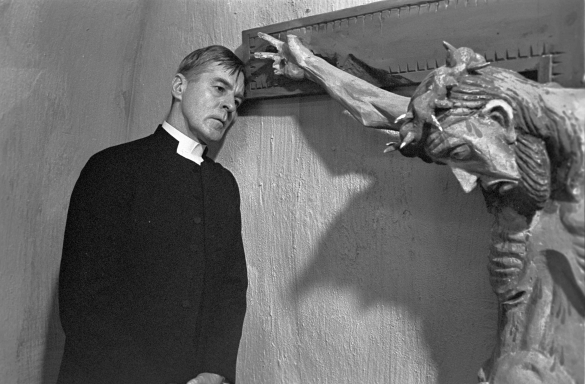
Ingmar Bergman’s early ‘60s output saw the filmmaker undertake his most powerful, challenging, and personal films in a thematic trilogy. Connected through themes of madness, insanity, spiritual and religious crises, the philosophical director drew from his own religious upbringing. Focusing more on individual stories in a time when the world was becoming increasingly violent, Bergman’s trilogy provided the world with some of the director’s darkest works in three chamber pieces.
Although “Through a Glass Darkly” would go on to win the Oscar for Best Foreign Language Film, it’s the weakest of the three but a masterpiece nonetheless. Sven Nykvist proved again to be one of Bergman’s greatest assets with his minimal yet affectingly beautiful cinematography next to Harriet Anderson’s powerful performance.
“Winter Light” is undoubtedly one of Bergman’s greatest and most compelling films. It’s the most relentless of the trilogy but also the simplest. Bergman called it the film in which he’s most satisfied with and his personal favorite. For all the great performances Gunner Björnstrand gave Bergman over the years, his role as Pastor Thomas Ericsson is his crowning achievement.
“The Silence” is one of Bergman’s more unique and racy pictures and features less dialogue than he’s known for. Instead, it relies on Nykvist’s stark visual poetry with its eerie setting in an abandoned hotel in a city preparing for war. The presence of God is less present here than in the other two, because God is silent, or at least this world is silent onto him. A surprise box office success, “The Silence” is Bergman experimenting successfully and finishing off his trilogy in a strange yet poignant manner.
2. The Godfather Trilogy
The Second Part: The Godfather Part II (1974)
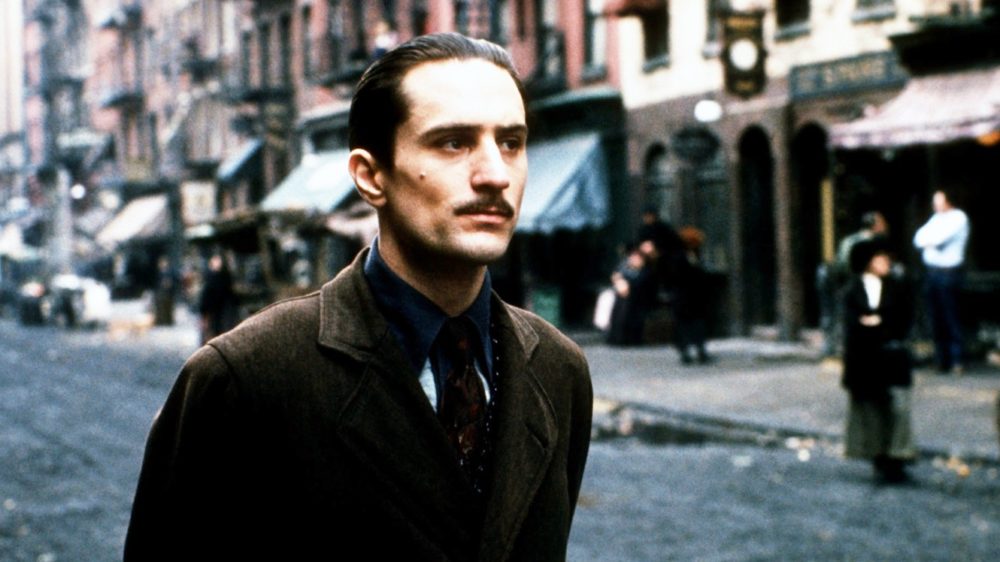
Francis Ford Coppola’s ‘Godfather’ series is a towering cinematic achievement that contains some of the two greatest films ever made. Through themes of family, immigration, the American dream, and crime, the series chronicles the Corleone family’s trials and tribulations over the years, with some of the best actors and filmmakers to ever grace the medium.
Few films are as iconic as the “The Godfather,” which goes from one unforgettable sequence to the next. From its opening scene to its closing moments, Coppola and co-writer Mario Puzo, whose novel the series is based on, crafted an epic crime drama that’s rich on the Italian-American experience. Endlessly influential, it’s rare for a film and its sequel to both have the same level of greatness and influence.
With “Part II,” Coppola went above and beyond, giving us a portrait of father and son in two different timelines. The father arrives in the land of opportunity and creates his own destiny, while the son inherits a legacy that‘s been passed down the line.
Both have different challenges to overcome but both are united by the price they have to pay for family and honor. Both a sequel and prequel, “The Godfather Part II” cuts back and forth between the two different eras to offer a unique and challenging portrait of legacy, which gives it an edge over the original.
With “Part III,” it all fell apart through some poor casting choices and questionable storylines. Replacing Winona Ryder at the last minute with his daughter Sofia Coppola does the film more harm than good. The individual storylines don’t work as well as they did with the previous two films, and Robert Duvall is sorely missed.
Still, Al Pacino gives another stellar performance as the world-weary and guilt-stricken patriarch with Andy Garcia stealing the show as Sonny’s bastard son. “Part III” is not as bad as its reputation will have you believe, but compared to what came before, it’s disappointing on multiple fronts.
3. Star Wars Original Trilogy
The Second Part: The Empire Strikes Back (1980)
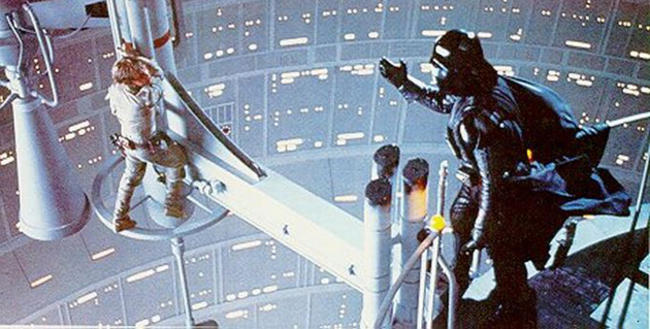
The original Star Wars trilogy was a landmark and iconic movie trilogy that captured a generation’s imagination and generations after that. With a genius move by George Lucas to first release Episodes VI-VII before Episodes I-III, the original trilogy put audiences right in the middle of an exciting saga where questions were yet to be answered.
“A New Hope” did an amazing job of introducing us into the galaxy far, far away with exciting new visuals, an instantly recognizable score, and exciting storytelling that took blockbuster filmmaking to the next level. “The Empire Strikes Back,” however, took all those accomplishments to the next level in what’s still the best film of the entire series.
While “Return of the Jedi” has some of the series’ best moments and closes off the trilogy in a satisfying way, it does have its flaws. For all their cuteness and effectiveness, the Ewoks get tiresome after their introduction. The pacing is all over the pace with some sequences dragging and others over sooner than they should be.
“The Empire Strikes Back,” however, is the most flawless Star Wars movie in the entire series and works just as well as a standalone film. Every sequence is as exciting as the last, offering some of the most iconic and memorable scenes and quotable lines of dialogue. Director Irvin Kershner and screenwriter Lawrence Kasdan instilled a darker and more complex tone to the series in what’s one of the greatest sequels in cinema.
4. Evil Dead Trilogy
The Second Part: Evil Dead 2 (1987)
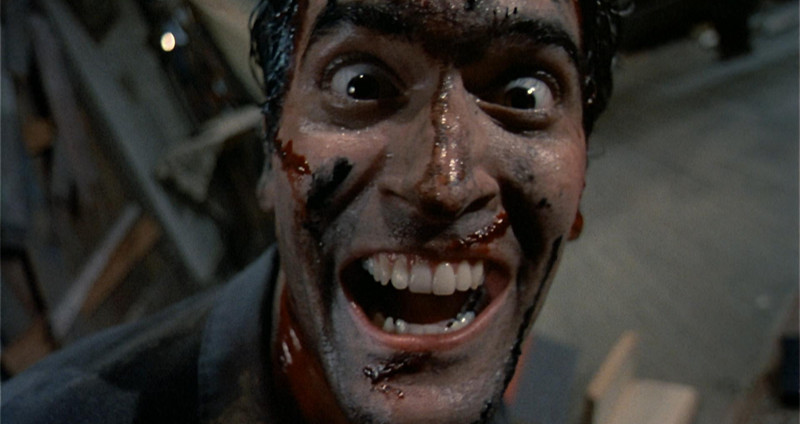
Sam Raimi’s indie horror franchise is one of the most fun movie creations to ever be dreamt up. Blending horror and comedy quite like nothing before or since, it’s hard not to fall in love with the its unique brand of overacting, gore, and good old-fashioned B-grade aesthetic.
While the original has less comedy than its sequels, the first film, “The Evil Dead,” changed independent filmmaking forever. Barely in his 20s, Raimi and his band of misfits created a low-budget horror classic out of the love and fun of cinema and it translates through every aspect of the film’s production. As a straight horror, it works wonders with its quick pace, stylized camera work, and smart practical effects and makeup.
The lunacy came tenfold in the sequel and franchise’s best film. Adding more humor and insanity to the story, “Evil Dead II” is the perfect blend of horror and comedy that’s yet to be matched. Raimi brought his maturing experiences as a director to make an audacious sequel that improves on the original because of its bigger budget.
Here, Bruce Campbell’s Ash became as iconic as any horror icon, especially for his particular brand of idiocy and physical performance. It’s the film that best represents the franchise and is the epitome of a cult classic.
The much polarizing “Army of Darkness” delivered more comedy than horror and ramped up the silliness to new levels, and in the end is all the better for it. Endlessly re-watchable and endlessly quotable, there’s nothing as fun as watching Ash wreak havoc in 1300 AD England, even if the film doesn’t quite reach the heights of what came before.
5. The Vengeance Trilogy
The Second Part: Oldboy (2003)
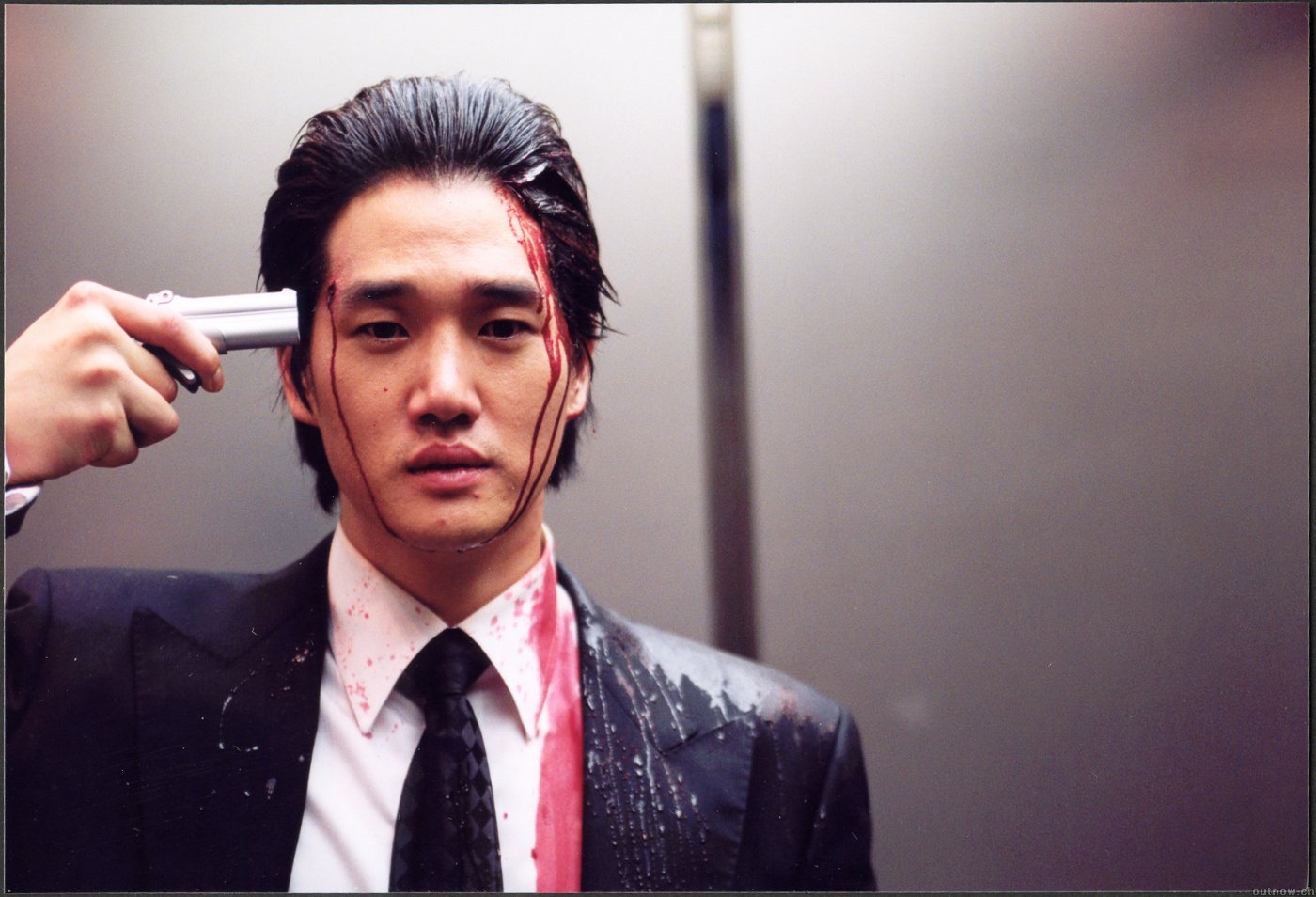
Connected more by themes of revenge, violence, consequence, and redemption than narrative, Park Chan-wook’s Vengeance trilogy is another consistent trilogy where the best film depends entirely on your own tastes. Showing how under the worst circumstances anyone can be capable of violent acts, all the protagonists go on a bleak odyssey of revenge on those who wronged them.
As cliché as it is to call “Oldboy” the best film of the trilogy or even Park’s best overall film (it is the gateway film into the director’s filmography), you can’t argue with its reputation. It goes deeper than its brother and sister in showing the different effects of revenge and how it can evolve over time and the consequences inherent.
“Sympathy for Mr. Vengeance” kicked off the trilogy in excellent fashion. With a slower and more calculated pace than its peers, Park takes his time building the story before tightening the noose in the final half-hour. The atmosphere here is palpable and works wonders in scenes where the dialogue is on the light side. It’s also more grounded in reality than the over-the-top stylings and action sequences of “Oldboy,” but is just as unforgettable.
“Sympathy for Lady Vengeance” fits somewhere in between the slow-burn thriller of “Sympathy for Mr. Vengeance” and adrenaline-soaked insanity of “Oldboy.” Making the story about a female protagonist adds a different layer to what came before. Perhaps the more visually striking of the three, “Lady Vengeance” continued Park’s innovation on the revenge genre in what’s one of the best and most unpredictable film trilogies.